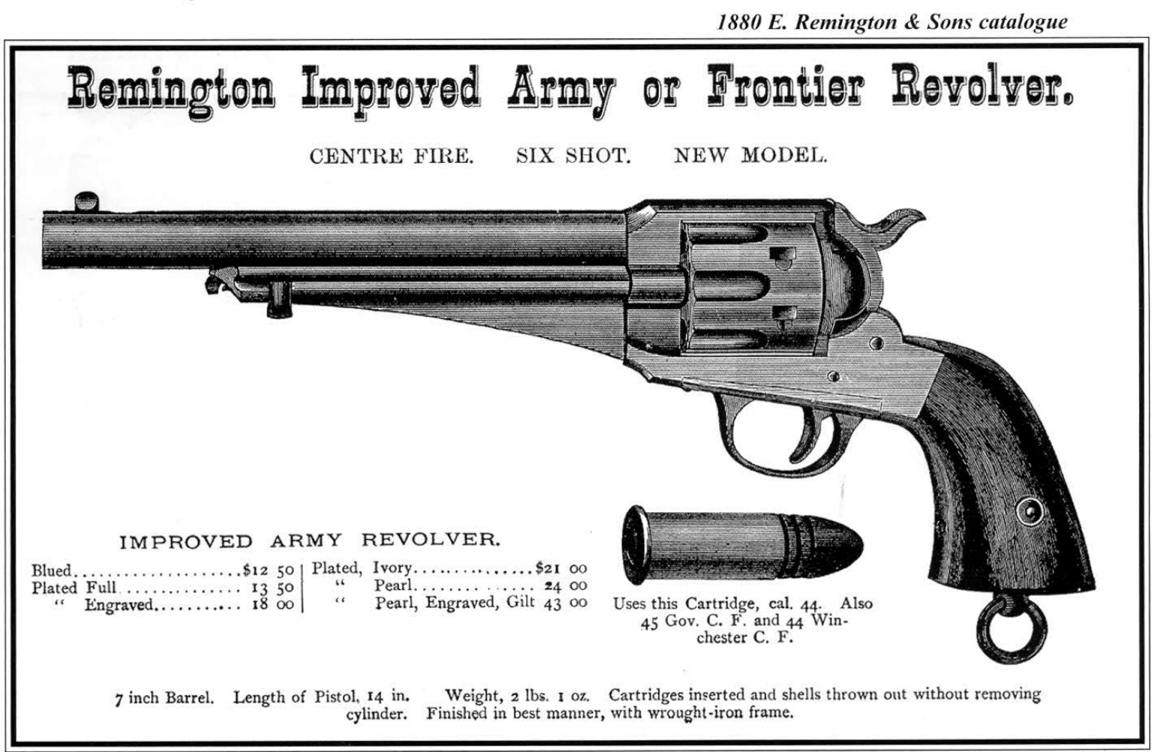Reading
- Evan Selinger (2012): Nietzsche’s Transformative Typewriter
- Luke Kingma and Jolene Creighton, Futurism, (2016): Margaret Hamilton, The Untold Story of the Woman Who Took us to the Moon
Nietzsche was the first philosopher to use a typewriter. As the reading above argues, this changed his language and indeed his philosophy.

His typewriter was a weird, early, round model.
Nietzsche lost his mind in Turin in the 1890s. Of course the list of thinkers influenced by Nietzsche is endless. One of his ideas is that you can't judge an act by its intentions. (I guess this is utlitarianism). The act can only be judged
A man's morality is more influenced by his diet etc than the church he visits ...
Perhaps this is where our ethics lie, not in some grand thought but in facts of everyday life.
Turin was the home of Italian typesetting, manufacturing. Olivetti, Fiat, the first film studios.
It attracted scientists and engineers such as Charles Babbage, who used his engineering knowledge to build the first analytical engine, ie. the first computer.
Luigi Federico Menebrea was appointed to write up Babbage's lecture (published 1842).
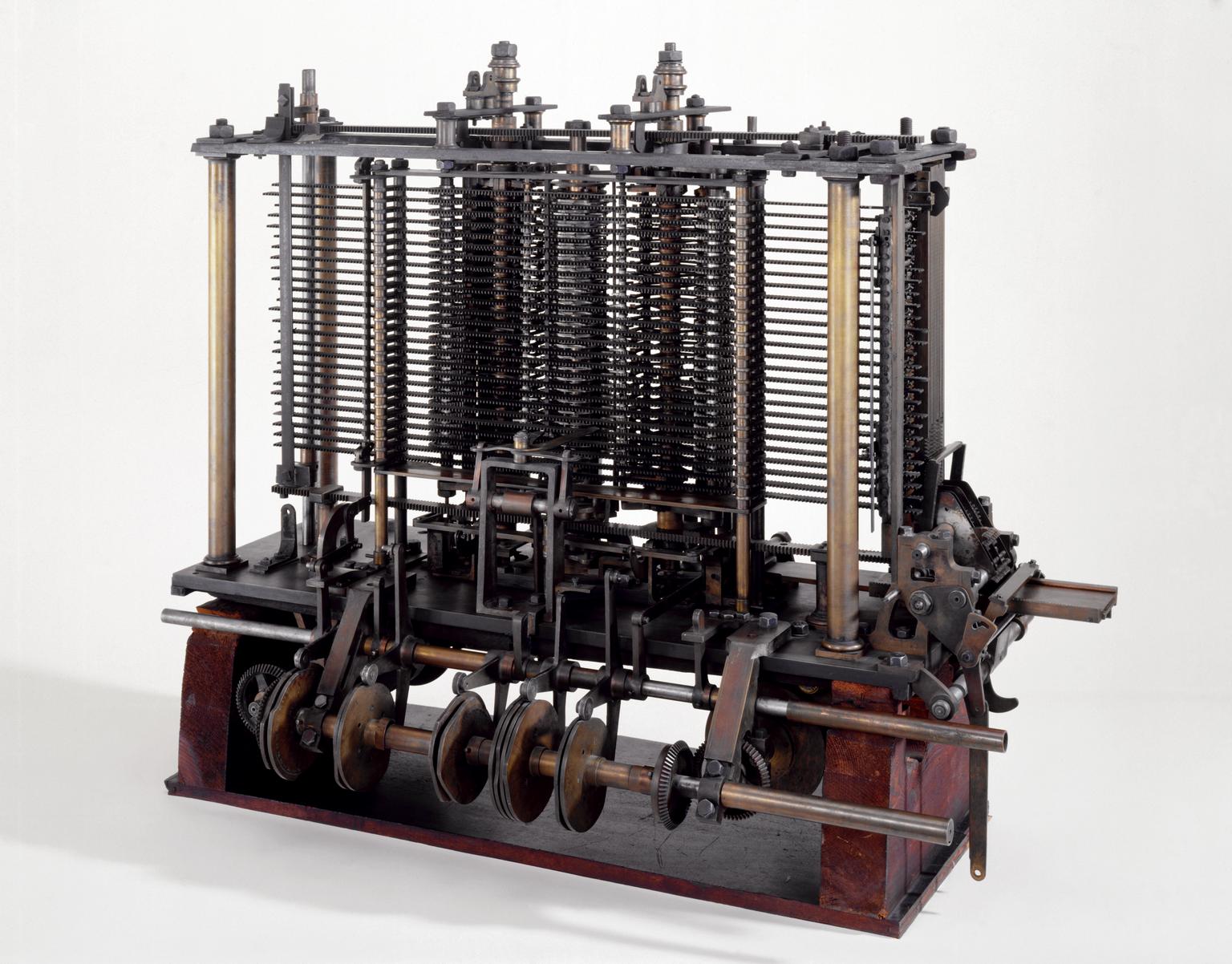 Babbage's Analytical Engine, 1834-1871. Science Museum
Babbage's Analytical Engine, 1834-1871. Science Museum
Menebrea wasn't impressed:
[...] the machine is not a thinking being, but simply an automaton which acts according to the laws imposed upon it
The idea of the industrialisation of the
Franz Reuleaux's: The Kinematics of Machinery: Outline of a Theory of Machines (1876)
Reauleaux was the head of the German patent office. Kinematics is coined here as the science of designing mechanisms to divert, direct, use energy in various ways. Levers, wheels, gears, belts are needed to translate movement.
He framed machine assemblies as sentences - they have grammar, link together etc. THis is a fundamental notion.
Reauleaux's definition of machine
A machine is a combination of rigid or resistant bodies, formed and connected so that they move with definite relative motions and transmit force from the source of power to the resistance to be overcome.
Note how this is full of synonyms for the word "force" - this says that nature isa wild thing which we need to constrain using force. It's only a small step to apply the same to thought. The idea that you could fit people into a sentence is a key idea of the industrial 19th century.
Nietzsche: Untimely Meitations
Are there still human beings, or perhaps only thinking, talking and writing machines
This is his view of the industrialised German society in the late 19th century. He was sick in all kinds of ways so he couldn't write.
Our writing tools are also working on our thoughts
Malling Hansen writing ball. This was originally designed for people who couldn't see. THat's why the different parts are arranged in such an odd way. You can't see what you're typing (but that wouldn't matter). This is a sort of prosthetic device. Note that this has a bell because it's designed for people who can't see. Later, this becomes an important part of the machine and also the way it is used (for fast copying)
As he was working on this, he realises that the machines we use (typewriter, pen and paper) changes the thought (much like diet changes morality).
The wanderer and his shadow
The printing press, the machine, the railway, the telegraph are premises whose thousand-year conclusions no one has yet had the courage to draw
Machine as calibration of power
Another technology are guns. Remington started in NY. When the civil war comes around, there's suddenly a huge the demand, and they turn the revolver into a platform, a standard product which comes in different combinations. The bullet is standardised, everything fits together.
When the war was over (and demand fell), Remington moved into typewriters. Both the gun and the typewriter are extensions of the hand, they and the operator form a new biomechanical unit. Typing and shooting manuals tell you how to hold your body etc.
At the time there were loads of different keyboard etc, until remington introduced the QWERTY keyboard (accurate?). Later, they start making computers. IN the beginning of the 20th century, the qwerty keyboard becomes this standardised device that everyone learns how to use.
Weights , measures and prices of artistic genius - futurist manifesto 1914
Corradini and Settimelli
There is no essential difference a human brain and a machine...
Note how whatever technology is new at the time becomes the metaphor for the brain.
John Thompson (who invented qwerty) later invented the Tommy Gun (aka the Chicago typewriter) A relationship between typographic literacy and power contnues
(Thompson did not invent the qwerty keyboard)
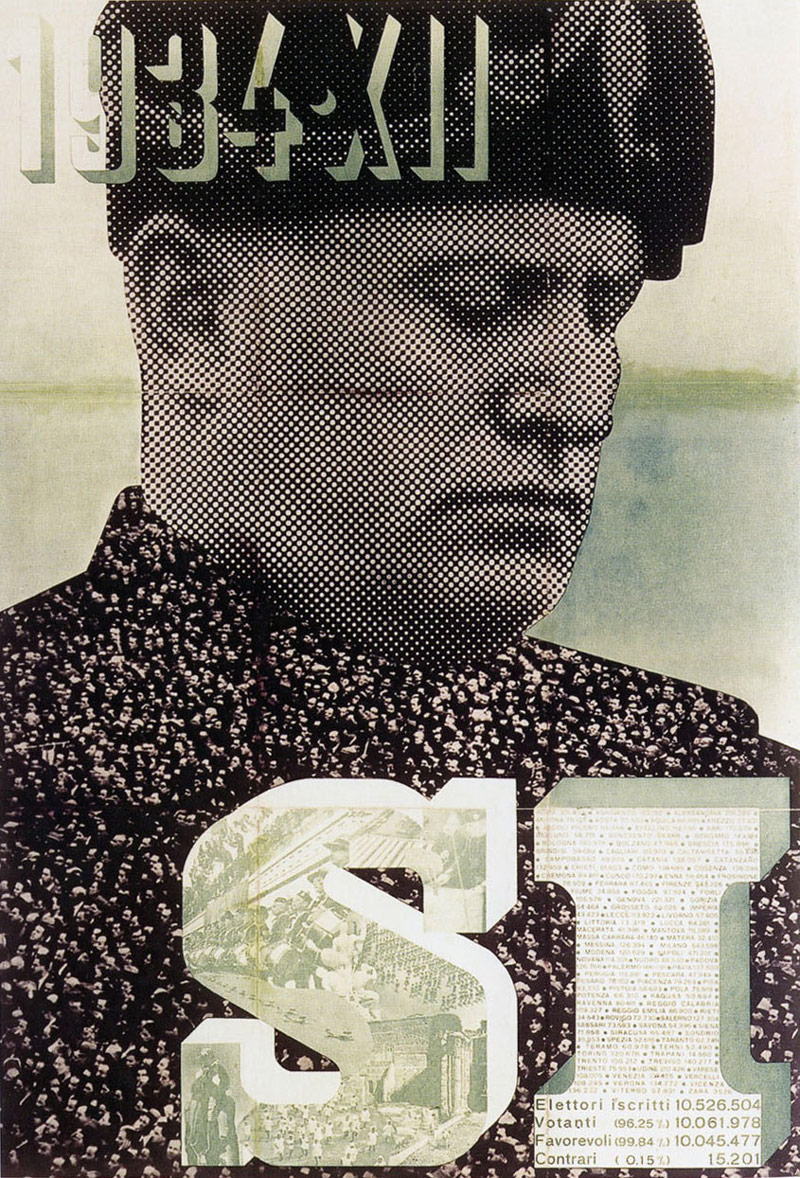 Yes! Year xii of the fascist era (mussolini propaganda poster) Xanti Schawinsky (1934) Source
Yes! Year xii of the fascist era (mussolini propaganda poster) Xanti Schawinsky (1934) Source
The same year, Schawinsky also designs Olivetti ads (which look v similar to the fascist poster). He later went on to teach at Black Mountain College.
Olivetti before WW2: The typewriter is huge, iron, designed to sit on a desk
After WW2, the typewriters become portable, using seet metal and coloured plastic.
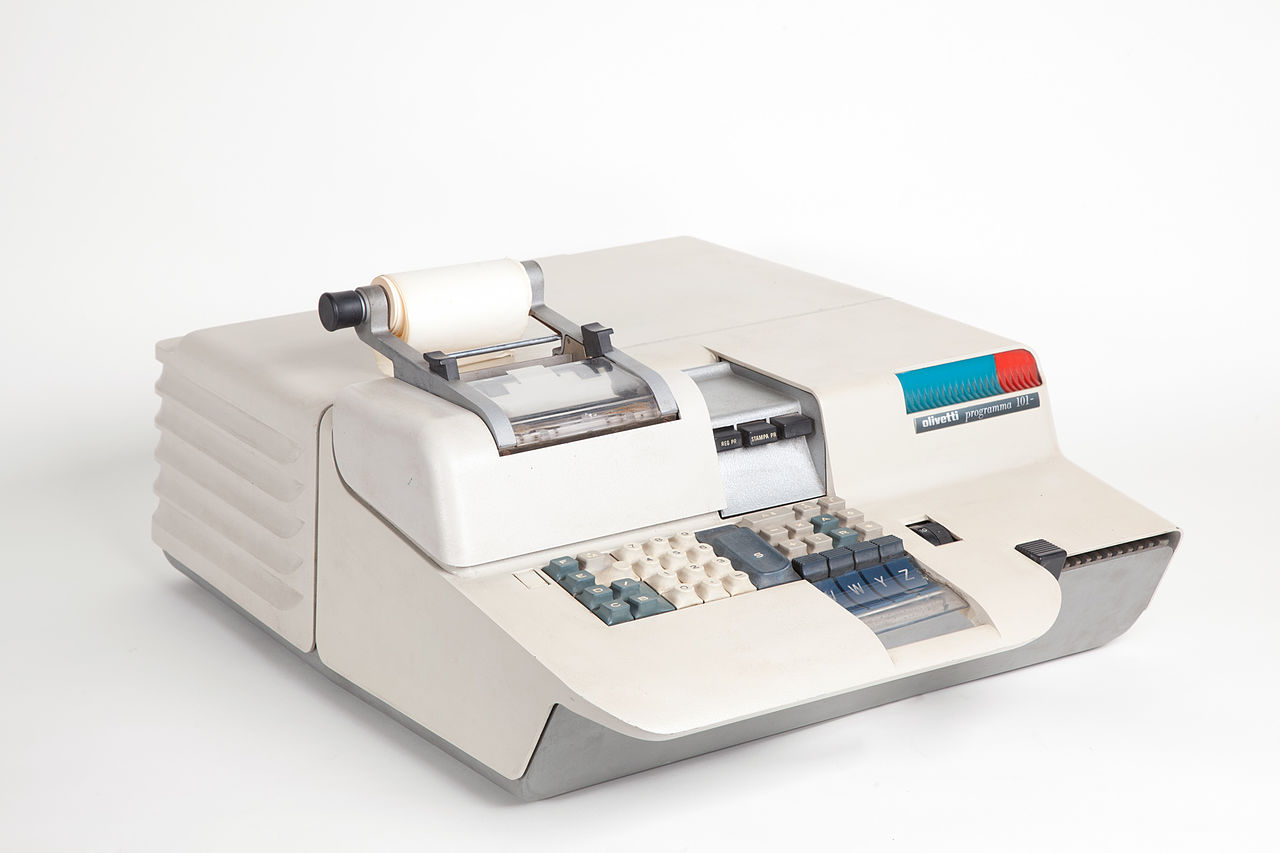 Olivetti Programma 101 (1965) is the first desktop computer. Source
Olivetti Programma 101 (1965) is the first desktop computer. Source
This is essentially an adding machine, the idea of bringing the keyboard to the computer hasn't happened yet.
IBM Selectric (1961) was a huge success.
This became the basic unit for the mainframe computer, which connected multiple of these together. Whole IBM infrastructure. IBM MT/ST
This starts to connect the typing to a database etc.
The Selectric worked with a golfball that had the typeface on it, meaning you could use all kinds of different typefaces (there were 100s). John Cage and other US avant garde artists, writers, musicians use this. Bukowski.
The selectric oculd also be hacked to cut stencils, meaning you could use it for political messages
Early 70s we start seeing the dot matrix printer. This can print out huge amounts of data in useful forms. The dot matrix paper takes over from the typewriter carriage. The paper is lined so you can read tables of data.
Margaret Hamilton Came from a family of writers. The stack is dot matrix printed.
Toward the end of the 20th century: DOt matrix to Daisy-Wheel to Laser printer.
We still use the qwerty layout, but typing is replaced by tapping. Laptop keyboards take v little force, touchscreens take none. On key shifting: With the typewriter you had a shift betwwen two sets of glyphs, now we have cmd, alt etc, which gives all kinds of new strategies
How do you organize emojies? They don't work like letters. They're in this vague taxonomy. Note Microsoft starts with a raygun, then goes to a revolver, then to a water pistol. We live ina world where you can buy an AR15 in a shop (or 3d print one) but not use a gun emojie.
Discussion
(how does this slovenian philosopher) manage to be so priductive? He hates writing, but he's invented a technique that tricks him into writing:
- Writes down loose sentences and paragraphs
- Editing where he combines these sentences
This is illustrates a shift from typewriting to desktop publishing and how it changes the working process. We've had WISYWYG editors for ages, what's the next thing? Is it predicitive text?
People are doing interested things with AI. How often can yu reply with the standard Gmail response before someone catches on?
The impedence of sensation
If people write with a pen, that's the lens we see the world through. NOvels written with a pen are detailed. The pen slows down perception. With the typewriter you get the beginning of more stream of consciousness writing. Distribution methods (telegraph, twitter) also chnage writing and thinking. Autocorrect and fillin-in are part of it. But there's also people filling in video clips, images a more equal role (also interactive papers).
There's a distinction betwwen writing and reading. If you write with a pen (in the west), the fndamental unit is the stroke, whereas in reading the fundamental unit is the letter. With typewriting adn typography, both are base on the letter and writing and reading move close to each other.
When everyone gets access to typeset writing (with typewriters), printers start exploring all these new type styles.
Word processing enable sampling of text - similar to music and mages
Let's talk about type and accessibility. Fastcompany article on the typewriters for the bild, guy who inveneted email did so so he could talk to his deaf wife while he was at work
Quite often in the history of communication technology is an element of disabillity. See also Morse code, early cinema (ilp reading). Ford was proud of the fact that you could employ blind people, people with missing limbs etc. They could e "be bolted into" and become a part of the assembly line.
[find quote]
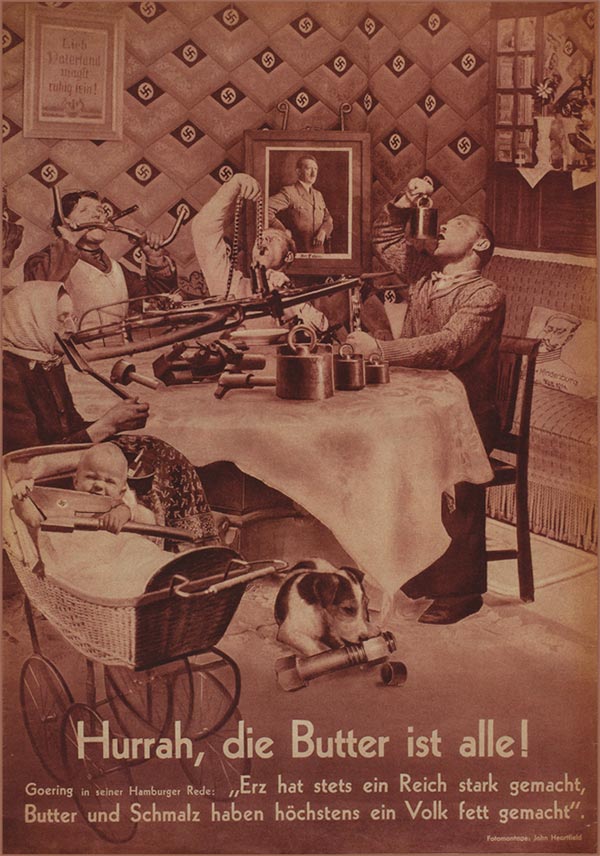 John Heartfield, who used fascist-looking images to attack fascism. One of the first to make political photo-collages. Source
John Heartfield, who used fascist-looking images to attack fascism. One of the first to make political photo-collages. Source
PostScript (in addition to typewriting) is an important step in history (I guess between the dot matrix printer and desktop publishing). Post-Script is the birthplace of digital-first graphic design away from big studios. The first home-made digital typefaces.
Questions
10 minutes of various people struggling to explain what a mechanical keyboard is
